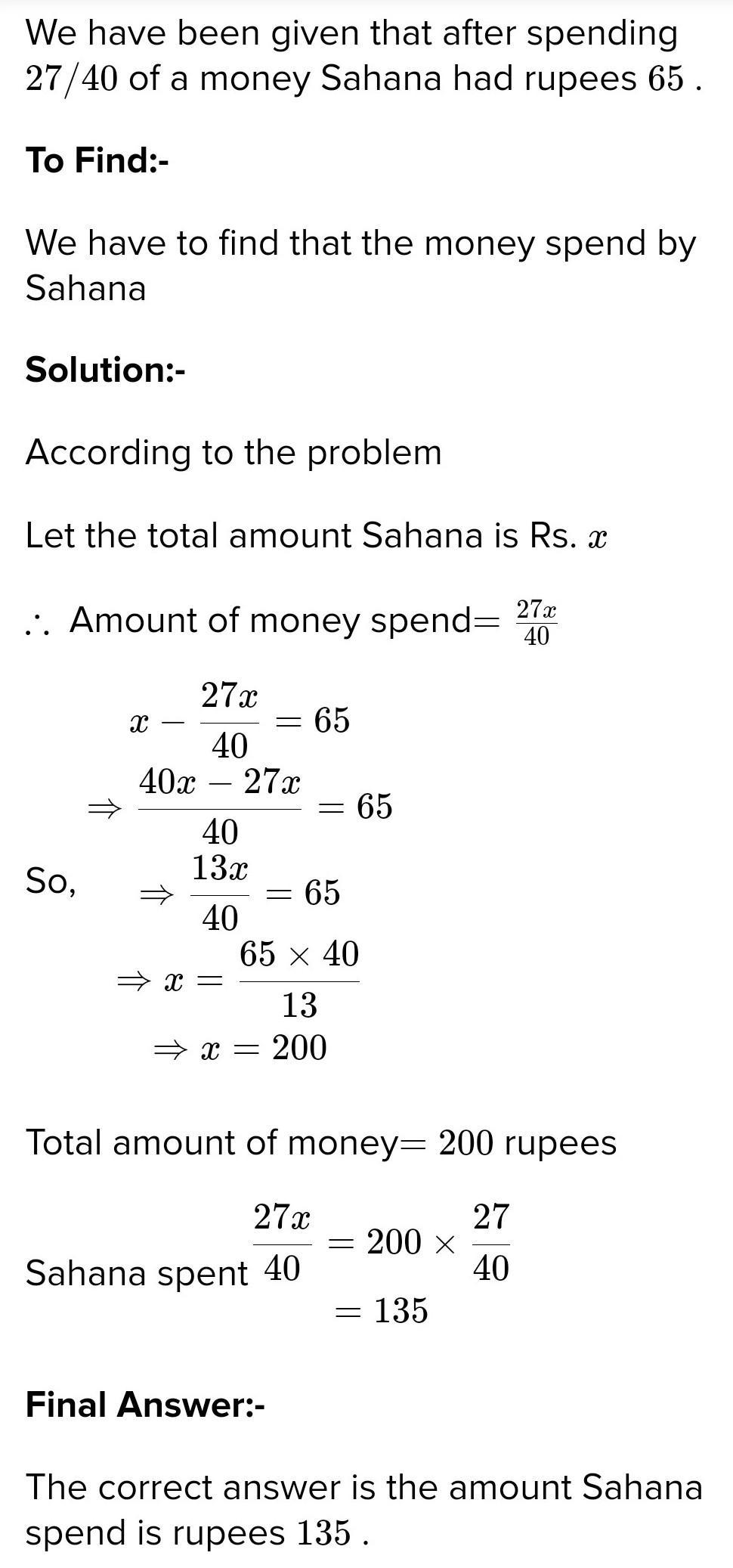Answer:
In short, poor sentence structure is when a writer uses run-on sentences and/or sentence fragments, or does not vary the length of their sentences.
Why should we care? Because poor sentence structure does one of two things. It confuses the reader, making the text hard to read, or it bores the reader and they stop reading.
Two ways writers make the reader confused.
Run-on sentences- The sentence is missing internal punctuation. It has more than one complete thought in it.
Fragments-a “sentence” that is missing either the subject or the predicate (the verb part)
Example of run-on sentence:
I had a stay at home mom she was always there when I got home.
“I had a stay at home mom” and “she was always there when I got home.” are both complete thoughts with subjects and predicates (the verb part). The easiest way to fix them is to insert a period.
I had a stay at home mom. She was always there when I got home.”
You could also use a semicolon
I had a stay at home mom; she was always there when I got home.”
Or a comma and a conjunction
I had a stay at home mom, so she was always there when I got home.”
(Whatever you do, DO NOT leave out the conjunction! If you do, it will result in… duh duh dum, the dreaded, (pause for dramatic effect) comma splice!) As in,
I had a stay at home mom, she was always there when I got home.” (terrible, isn't it)
Example of sentence fragment:
“Hurried home.” This doesn't make sense because the subject is missing. As in “who” hurried home?
Sentence fragments usually happen when a writer is in a hurry. They are easy to fix, just add the missing subject or predicate.
“Hurried home.” becomes, “Fred hurried home.”
Ways writers make the reader lose interest:
Sentence type
Sentence length
Using all the same type of sentences. (There are 3, or some say 4, types of sentences. This link explains them, if you're curious. Three types of sentence)
Most of us have read a child's writing that is full of questions, or a text full of exclamation points! (need I say more?)
All the sentences are the same length.
I taught writing to 7th graders (12 and 13 yr olds) for most of my career. At that age, most students are ready to graduate from the immature writing of a child, to the more mature writing of a young adult. One way of doing that is by varying the length of sentences to keep the reader's attention. Instead of, Moose live in the forest. They eat plants. They are very big. …
A more mature writer might write, Moose are mammals that eat plants found in the forest where they live. They are big. Grown adults can be 7 feet tall with antlers that span 6 feet!
Not only is there more information, but the sentence length varies which helps to keep the reader's attention. (By using the short sentence, Moose are big, the writer draws the reader's attention to how big moose really are.
Why should you care about all this minutiae? Because using good sentence structure will give the reader a clear idea of your message, and you will leave them with the impression that you are an intelligent native English speaker. More importantly, it will help you get ahead in life.

